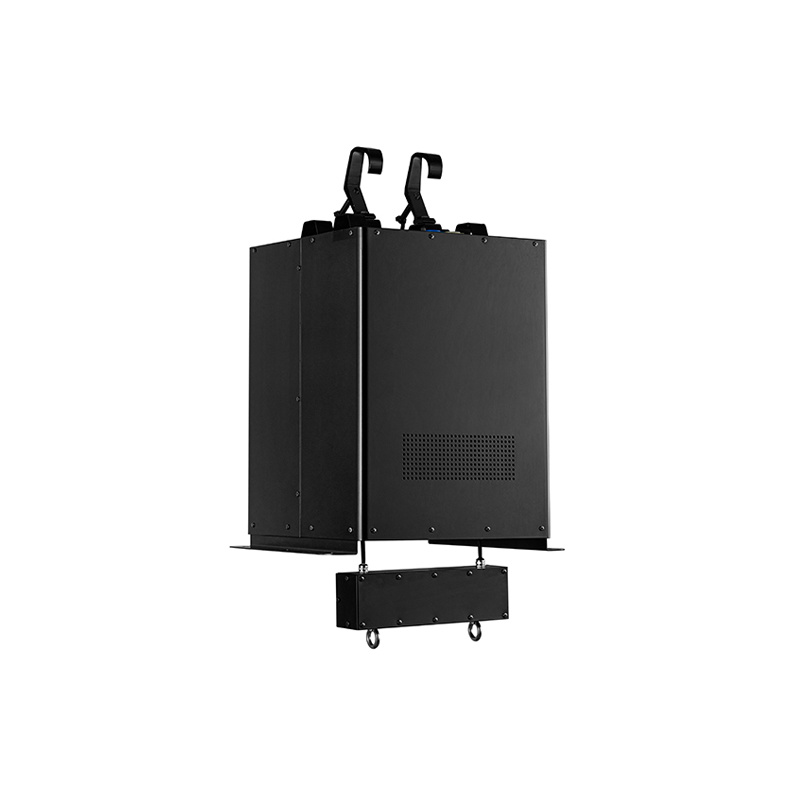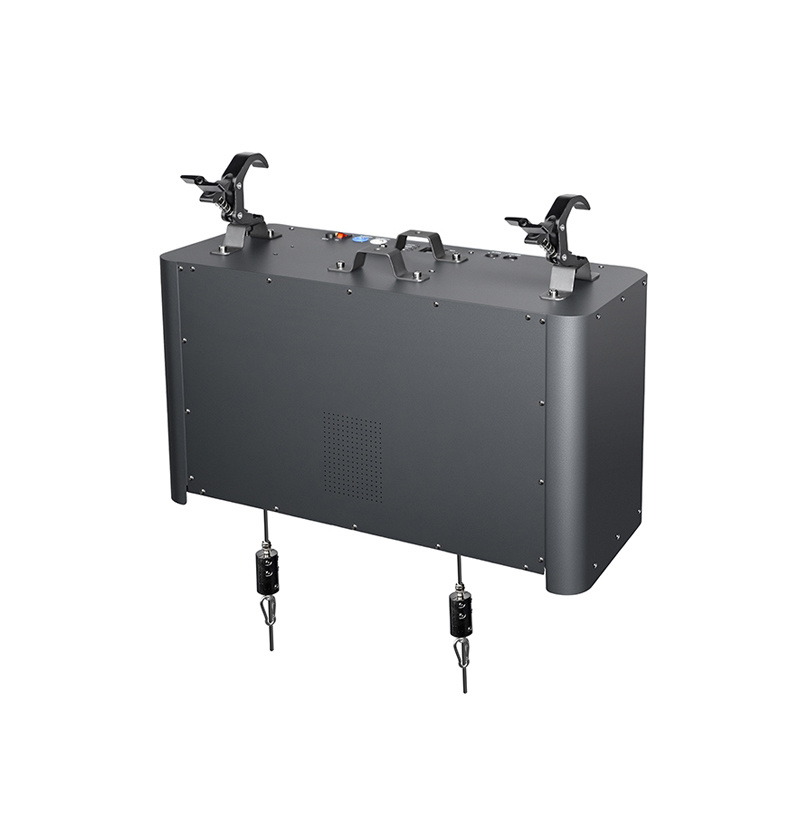DMX Winches for Stage Lighting – Motion Control for Kinetic Effects
Classification:
summary description]
What Exactly Are DMX Winches?
Let’s get straight to the point — DMX winches are motorized lifting systems designed for stage use. But they’re not just any motors. These devices work with DMX512 protocols, allowing lighting technicians to control movement as easily as they control color or brightness. With a few adjustments, you can lift lighting fixtures, LED kinetic balls, or even lightweight set pieces — all from your lighting console.
It’s automation, precision, and creativity rolled into one compact, powerful tool.
Why Everyone’s Talking About DMX Winches
Stage productions are no longer just about lights flashing on and off. Today’s audiences want more — more movement, more depth, more magic. And DMX winches deliver just that. They make your stage come alive. Imagine lights floating down from the ceiling, synchronized with a music drop. Or kinetic orbs dancing mid-air, responding to every beat.
These winches give you the power to transform a space in ways that static lighting never could.
The Core Benefits
- Perfectly Timed Movement
- These systems offer exceptional control. You can lift or lower objects with split-second accuracy.
- DMX Compatibility
- Since they use DMX512 signals, they fit right into most professional lighting setups. No extra fuss.
- Dynamic Visual Possibilities
- Add motion to your light show, create depth on stage, or build kinetic light sculptures.
- Safety and Convenience
- Reduce manual rigging and avoid sending a crew up the ladder. A well-installed DMX winch keeps things secure — and saves time.
Where DMX Winches Shine
You’ll find DMX winches in a wide range of setups — from intimate clubs to full-scale stadium tours. They’re incredibly versatile.
- Live Concerts
- Artists want to stand out. Choreographed lighting motion can take a live performance to another level.
- Nightclubs and DJ Venues
- Imagine dozens of LED spheres rising and falling in time with the bass. That’s a vibe.
- Corporate Events
- Launching a product? Use moving lights to spotlight the reveal. It’s modern, sleek, and hard to ignore.
- Theater Productions
- Whether you’re creating a dramatic descent or a surreal floating effect, winches help tell a visual story.
- Museums and Art Installations
- Subtle movement can turn a static exhibit into something captivating and unforgettable.
How They Actually Work
At their core, DMX winches are mechanical systems powered by motors and guided by DMX signals. Here’s a quick breakdown:
- A motor drives a cable drum that winds or unwinds a steel cable.
- The DMX receiver interprets movement commands from your lighting desk.
- Built-in limit sensors ensure the winch doesn’t lift or drop past safe points.
- The winch responds to cues on its assigned DMX channels — just like a spotlight or moving headlight would.
Everything happens in real time. No lag, no delay. You press a button and the light moves. Simple but powerful.
Choosing the Right Winch for the Job
Not all winches are created equal. Here’s what to look for before investing:
- Payload Capacity — How much weight will you be lifting? Don’t guess — calculate it.
- Height of Lift — Are you working with a 10-foot truss or a 40-foot ceiling? Pick accordingly.
- Speed Control — For dramatic builds or slow reveals, variable speed is a must.
- DMX Channel Use — Some winches take up more channels than others. Plan if your console is limited.
- Build Quality — This isn't the place to cut corners. Trust reputable brands with tested gear.
Powering Kinetic Light Shows
One of the most exciting uses for DMX winches? Kinetic lighting. These systems, often seen at festivals or high-end clubs, involve dozens or even hundreds of moving elements — all dancing in perfect harmony.
Using DMX winches, you can create a ceiling full of LED orbs that rise, fall, and shift with music or motion triggers. It’s not just lighting anymore — it’s sculpture in motion. It turns the ceiling into part of the show.
Safety First (And Always)
Safety in rigging is non-negotiable. DMX winches may be motorized, but they still require proper installation and maintenance.
Here's what you can't skip:
- Regularly inspect cables for fraying.
- Test the motor under load before each event.
- Calibrate limit sensors to avoid over-travel.
- Confirm your control software is updated and synced.
Used correctly, DMX winches are extremely safe. But like all mechanical systems, they demand respect and routine checks.
What's Next for DMX Winch Tech?
Stage technology is moving fast, and winches are no exception. The next generation of DMX winches is already taking shape:
- Quieter motors for noise-sensitive environments.
- Smarter control interfaces with app-based programming.
- Higher weight capacities to lift more elaborate props.
- Real-time diagnostics and safety feedback.
- Wireless DMX integration — fewer cables, more freedom.
The future is fluid, flexible, and automated.
Final Thoughts: More Than Just Movement
DMX winches are more than just mechanical tools. They’re creative instruments that let designers paint with motion. Whether you’re lighting a stadium, transforming a nightclub, or designing a modern exhibit, adding movement elevates the experience.
And when that motion is fully controllable, programmable, and safe — the possibilities are limitless.
FAQs: Quick Answers About DMX Winches
1. Are DMX winches compatible with all lighting consoles?
Most modern lighting desks support DMX512, so compatibility is usually seamless. Just check your console’s specs before you buy.
2. Can DMX winches lift heavy objects?
Yes, depending on the model. Always check the rated load capacity and never exceed it.
3. Do I need special training to use a DMX winch?
Not necessarily, but understanding basic rigging safety and DMX programming is highly recommended.
4. How many winches can I control at once?
That depends on your controller and available DMX channels. Some setups manage dozens, even hundreds, in large-scale shows.
5. Are DMX winches suitable for permanent installations?
Absolutely. They’re often used in permanent setups in clubs, museums, and theaters.
More Cases



